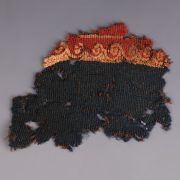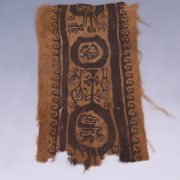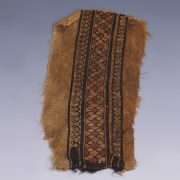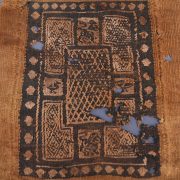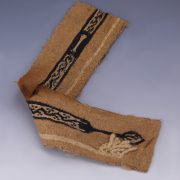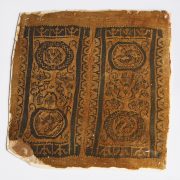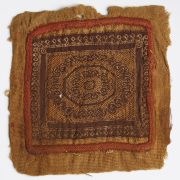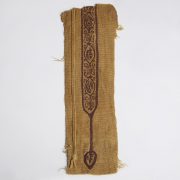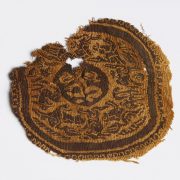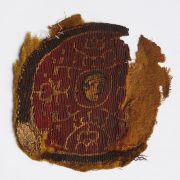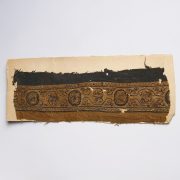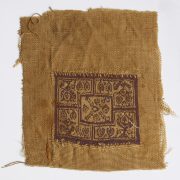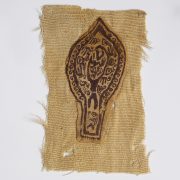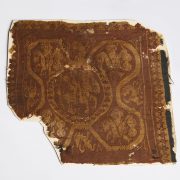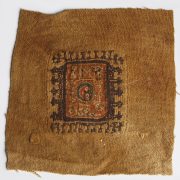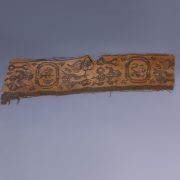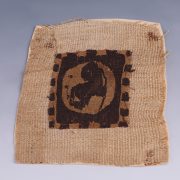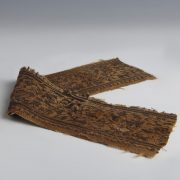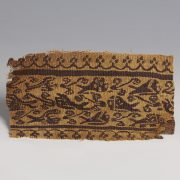Wool
It is believed that in ancient times, wild sheep had a more hairy than wooly coat, with wooly sheep and as such the use of wool being dependent on selective breeding. Statuary in Iran suggests that this process may have begun as early as 6000 BC though wooden garments have not been dated until two thousand years later around which time wool was introduced to Europe. Dyed with natural materials, often requiring sophisticated knowledge and techniques, much of the value of wool in ancient times was dependent on the quality or type of its dying. For example, Tyrian purple, the deep crimson that became synonymous with imperial power in the Roman empire was derived from sea snails at great effort and expense. In the Byzantine empire a child born to the reigning emperor was said to be “born in the purple”. Woollen artefacts from antiquity are rare due to their perishability, however, Coptic textiles woven from dyed wool are often well preserved by their being included in tombs where Egyptian aridity aided their preservation.
By continuing to use the site, you agree to the use of cookies. more information
The cookie settings on this website are set to "allow cookies" to give you the best browsing experience possible. If you continue to use this website without changing your cookie settings or you click "Accept" below then you are consenting to this.
